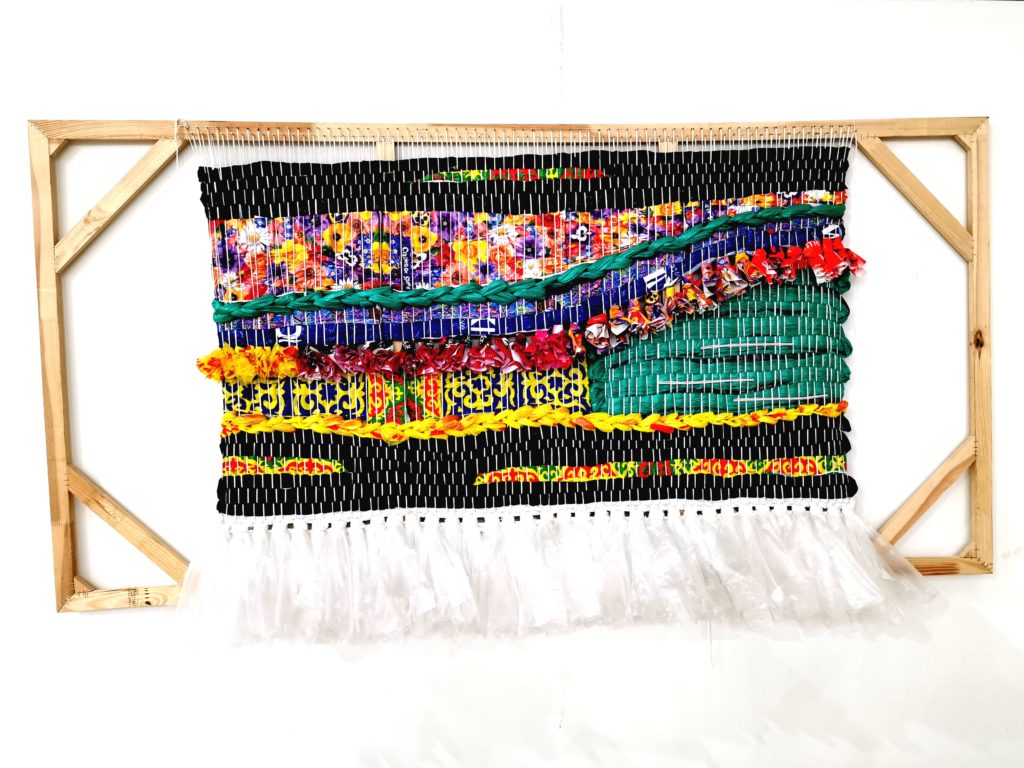NUR-SULTAN – The ArmandaStar exhibition, designed to support the work of young artists as part of the Year of Youth in Kazakhstan, opened Aug. 2 at the National Museum.
“Kazakhstan’s First President, Nursultan Nazarbayev, declared the year 2019 as the Year of Youth. In this regard, various events are being held to support our youth. Today’s exhibition is proof of this,” said National Museum Director Arystanbek Mukhamediuly at the exhibition’s opening ceremony. “Kazakh art is well known all over the world and we want our talented youth to be known not only in our country but also abroad. ArmandaStar is their first step and I hope these artists participate in major exhibitions in the future.”
Armandastar is a wordplay and the name of a very famous song whose meaning can be roughly translated as “friends united by a common dream.” The title of the exhibition, ArmandaStar, is then another wordplay on top of the original one.
Temirlan Abenov, Aliya Amrenova, Dilorom Ashirbekova, Gulbaram Askarova, Lyudmila Aytuarova, Nurbolat Bazarbayev, Gulnara Dairova, Anelya Hakimova, Meirman Ilyasov, Narkes Imangazy, Aigerim Karibayeva, Aidana Kulakhmetova, Azamat Nurtazin, Valeriya Sergeyeva and Bakhyt Zhorayev were chosen to exhibit following a competitive selection process conducted by the organisers and museum’s art expert team. The event is co-curated by artist and art critic Aigerim Mazhitkhan, whose video art is also on display.
“The artists we selected come from different backgrounds, with some being professional artists and graduates of Kazakh art universities and others doing art as a hobby. Their ages range from 17-35. They come from Aktau, Almaty, Nur-Sultan, Pavlodar and Petropavlovsk,” said museum art manager and critic Aknur Kuandykova.
Approximately 80 artworks are on display. The young artists raise many questions with their creations, exploring themes such as nature and beauty, identity and fitting into modern society. The variety of issues are expressed through diversity of techniques, including watercolour, oil, pencil, ceramics, trash art (a tapestry from plastic bags) and video art. The exhibit is designed in such a way that despite the range, it is perceived as a unified space where the identity of each participant is preserved and well-defined.
“All of the exhibited artworks are for sale, by the way. The interested visitors may choose an art piece and we’ll contact the artist to discuss the price,” said Kuandykova.
The exhibition will continue through Sep. 11.


